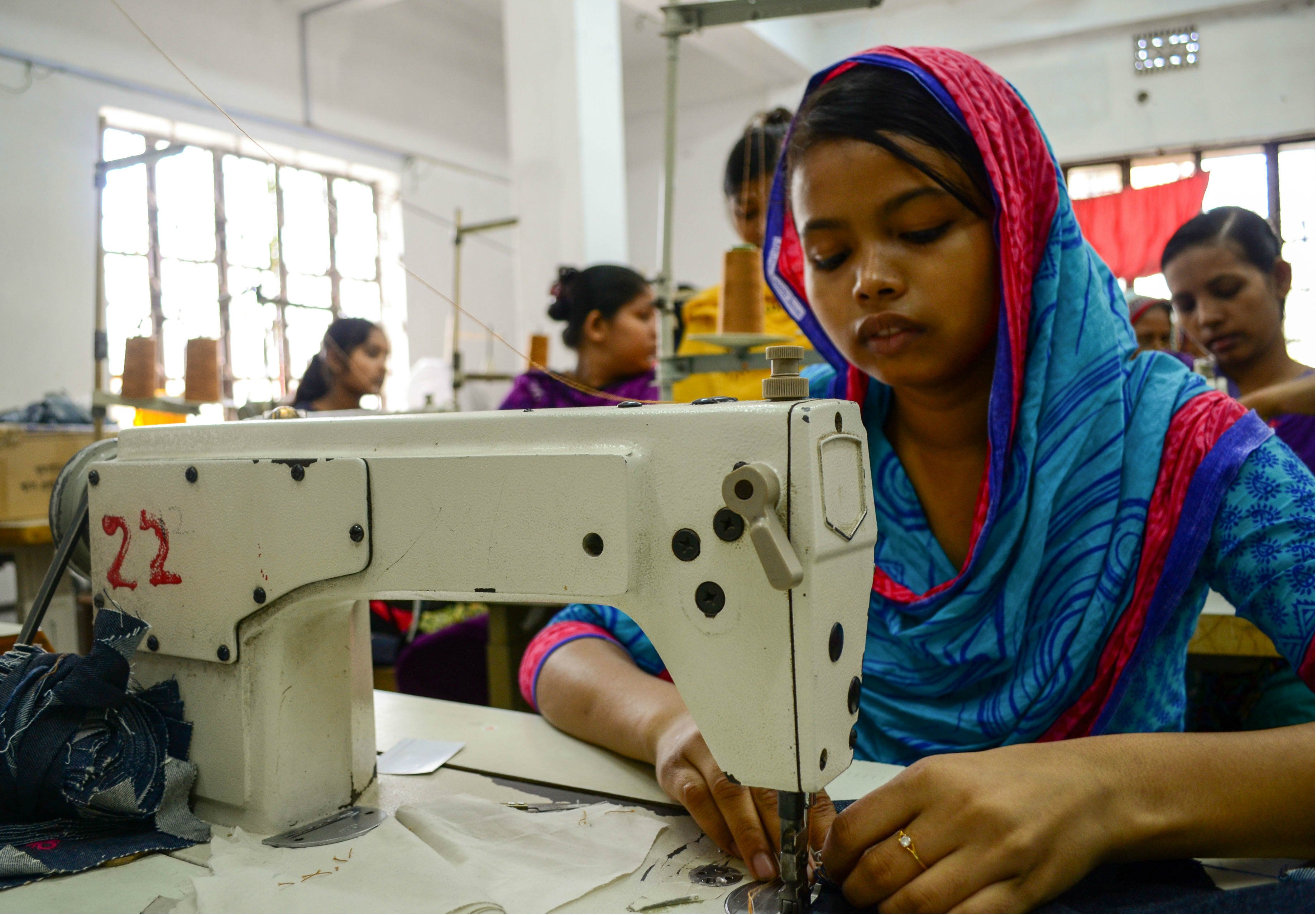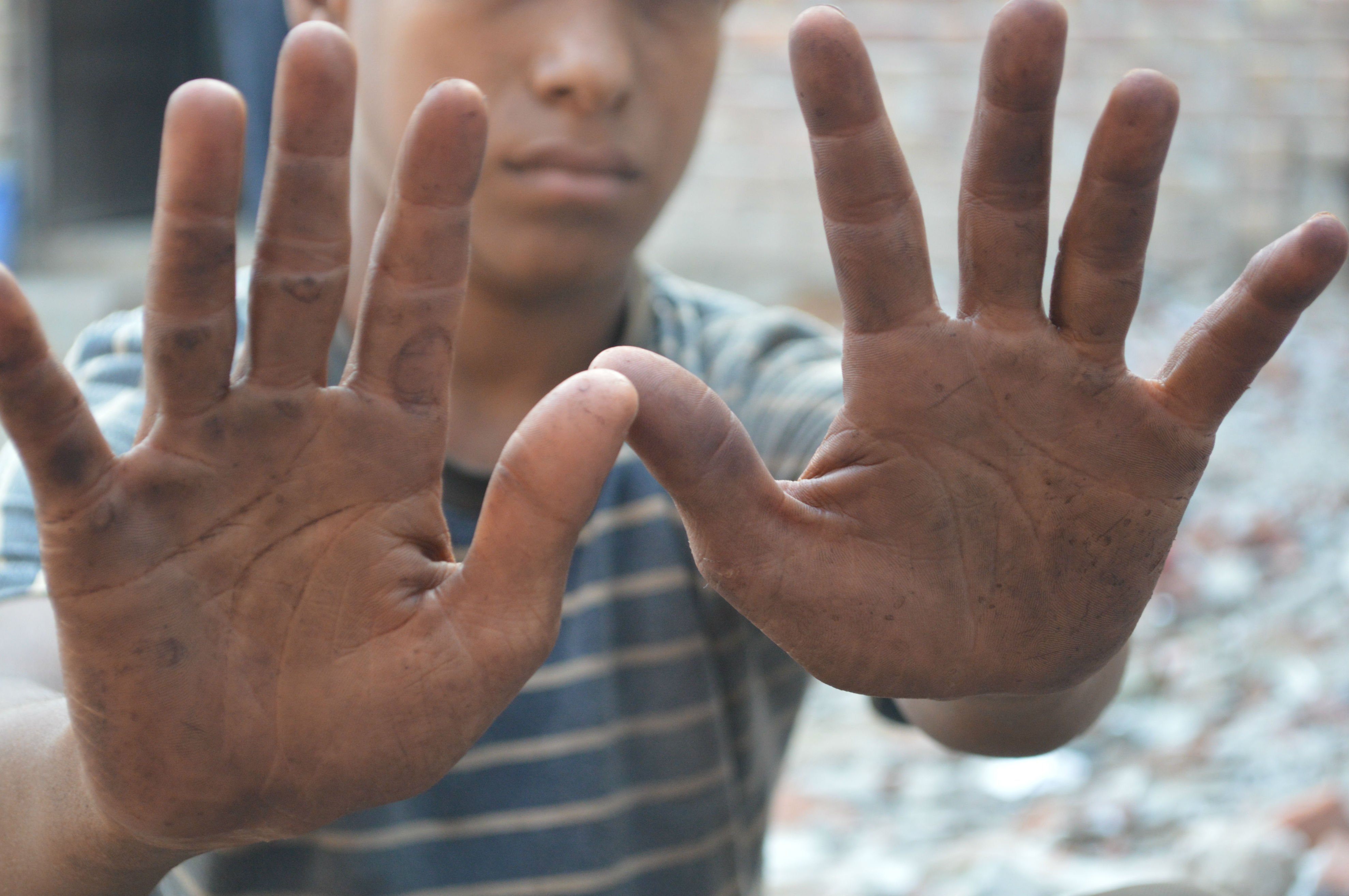They’re hidden behind sewing machines or swinging hammers. They’re selling snacks street side or swinging machetes in sugarcane fields. They’re catching fish in a river or selling bird feed at a temple.
These are just a few jobs undertaken by child labourers around the world.
The International Labour Organization (ILO) estimates there are 78 million child labourers in Asia-Pacific, more than any other region in the world. World Vision’s child protection expert in South Asia Pacific suspects there are many more.

The number of child labourers reflects sharp disparity in the region. While the region continues to lead global economic growth, millions of children have abandoned their education to help their families survive.
June 12 – World Day Against Child Labour - is a day to remind us that no child should be working, particularly in jobs that are hazardous to their health and development. No child should be forced to drop out of school in order to help their family earn money.
Still, everyday, children like Bithi in Bangladesh (pictured above) abandon their dreams when a breadwinner becomes sick or dies. For 12 hours or more a day, Bithi sews pockets onto designer jeans for little more than $1 US in order to help her family have enough to eat.
Khav, a 12-year-old in Cambodia, is another worker. Everyday, he fishes in order to earn a few dollars that will be used to keep his younger siblings in school.

And 12-year-old Sakib (pictured below) works with fire and metal everyday, earning 30 cents US as a blacksmith’s assistant. There, he welds without a mask. He already has multiple injuries on his hands, but he has no choice – his mother needs the money in order for the family to pay for rent.
No child should be forced to make these sacrifices. Yet, millions do.
As the world’s leaders discuss the post-2015 Sustainable Development Goals, ending child labour is expected to be a future focus. Governments will be urged to “promote sustained, inclusive and sustainable economic growth, full and productive employment and decent work for all” (ILO).

By addressing the root cause of child labour – poverty – families can make different choices. We have seen this in the Philippines where 14-year-old Paul was able to quit working in the sugarcane fields once his family had a new source of income.
Providing educational support for the most vulnerable is another way to prevent child labour.Sixteen-year-old Jan returned to school after he received school supplies that his family just couldn’t afford.
Sometimes there are just too many obstacles, and a child has no choice but to drop out. But they still need support.
Alternative life skills programmes have helped children like Phyu in Myanmar and Anara in Mongolia develop trade skills that will be beneficial for their future and prevent them from getting involved in hazardous forms of labour.
What’s more, in order for real change to occur, businesses need to be involved too.
Since 2000, millions of children have been pulled from child labour, but there are millions more to go. For both economic and government decision-makers, the time to act is now.
We can end child labour.
Take action in 3 ways:
1) Take action and join World Vision Australia’s Don’t Trade Lives campaign.
2) Take action and join World Vision Canada’s #NoChildForSale campaign.
3) Be part of Australia's youth movement to #EndChildLabour now.
Written by Mark Nonkes